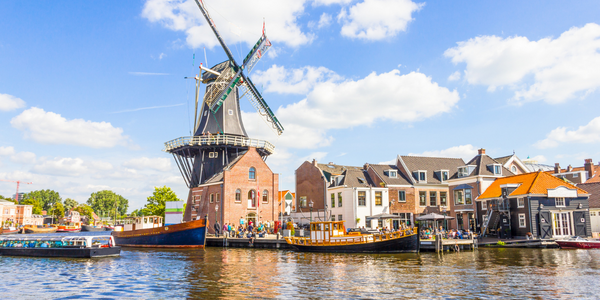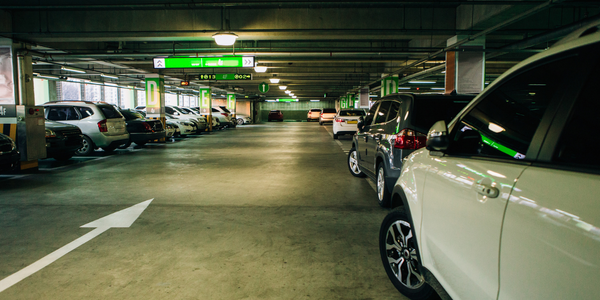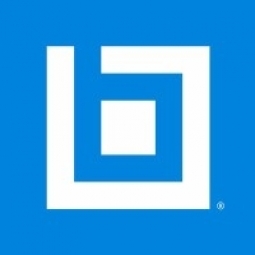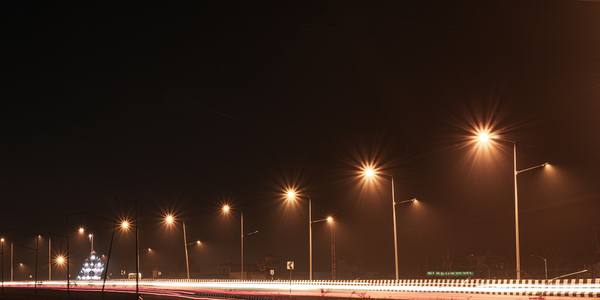Customer Company Size
Large Corporate
Region
- America
Country
- United States
Product
- Bluebeam Revu
Tech Stack
- Bluebeam Studio
- Infor
Implementation Scale
- Enterprise-wide Deployment
Impact Metrics
- Cost Savings
- Productivity Improvements
Technology Category
- Application Infrastructure & Middleware - Data Exchange & Integration
Applicable Industries
- Cities & Municipalities
Applicable Functions
- Procurement
Use Cases
- Remote Collaboration
- Process Control & Optimization
Services
- System Integration
- Training
About The Customer
The City of Las Vegas is a bustling metropolis known for its vibrant entertainment and tourism industry. However, behind the glitz and glamour, the city is also a hub of administrative and regulatory activities. It handles close to 20,000 permits a year, a volume that requires accuracy, efficiency, and collaboration across multiple reviewers, disciplines, and jurisdictions. The city was in need of a digital transformation to facilitate digital or electronic plan review between area developers and municipal reviewers. The city's IT department had started a project designed to make as many things as possible available to the customers online — a system that could bring planning, building, and licensing together into a single solution.
The Challenge
The City of Las Vegas was facing inefficiencies in its permit approval process due to its reliance on paper-based plan reviews. With an average of 20,000 permits a year, the city was struggling with a process that could only be reviewed one discipline at a time, taking a week or more per discipline, across a minimum of five different disciplines. The process also involved routing printed mylars to five utility companies for final signatures, a process that could take up to six weeks. Storage was also an issue, with paper plans scattered across three different repositories. The onset of the COVID-19 pandemic and the subsequent shift to remote working made the paper-based review sessions impossible.
The Solution
The city chose Bluebeam Revu as a single solution that could combine planning, building, and licensing into a collaborative digital environment. This transformed the city’s paper-based workflows into an electronic plan review process. Bluebeam Studio linked multiple departments, as well as submitters and plan reviewers for real-time concurrent reviews, allowing reviewers to work remotely during the COVID-19 pandemic. Reviews were also standardized, thanks to Bluebeam’s best-in-class Markups List and Tool Chest features, which helped improve production times and ultimately facilitated more projects for the city of Las Vegas.
Operational Impact
Quantitative Benefit

Case Study missing?
Start adding your own!
Register with your work email and create a new case study profile for your business.
Related Case Studies.

Case Study
Turning A Stadium Into A Smart Building
Honeywell created what it called the “intelligent system” for the National Stadium in Beijing, China, turning the venue for the opening and closing events at the 2008 Summer Olympics into a “smart building.” Designed by highly controversial artist Ai Weiwei, the “Bird’s Nest” remains one of the most impressive feats of stadium architecture in the world. The 250,000 square meter structure housed more than 100,000 athletes and spectators at a time. To accommodate such capacity, China turned to Honeywell’s EBI Integrated Building Management System to create an integrated “intelligent system” for improved building security, safety and energy efficiency.
.png)
Case Study
Smart Street Light Network (Copenhagen)
Key stakeholders are taking a comprehensive approach to rethinking smart city innovation. City leaders have collaborated through partnerships involving government, research institutions and solution providers. The Copenhagen Solutions Lab is one of the leading organizations at the forefront of this movement. By bringing together manufacturers with municipal buyers, the Copenhagen Solutions Lab has catalyzed the development and deployment of next-generation smart city innovations. Copenhagen is leveraging this unique approach to accelerate the implementation of smart city solutions. One of the primary focus areas is LED street lighting.

Case Study
Buoy Status Monitoring with LoRa
The Netherlands are well-known for their inland waterways, canals, sluices and of course port activities. The Dutch Ministry of Infrastructure indicates that there are thousands of buoys and fixed items in and near water environments that would profit from IoT monitoring. One of the problems with buoys for example, is that they get hit by ships and the anchor cable breaks. Without connectivity, it takes quite some time to find out that something has happened with that buoy. Not to mention the costs of renting a boat to go to the buoy to fix it. Another important issue, is that there is no real-time monitoring of the buoys at this moment. Only by physically visiting the object on the water, one gains insight in its status.

Case Study
Barcelona Case Study
Barcelona’s heavy traffic and its associated high levels of pollution were the primary factors that motivated some companies and universities to work on strategies for improving traffic in the city centre. Bitcarrier is one of the technologies involved in the In4Mo Project, whose main objective is to develop the applications that form the core of smart mobility, one of the fundamental pillars of the smart city concept.

Case Study
China Mobile Smart Parking
Smart Parking, powered by NB-IoT technology, is making it easier for drivers to find free parking spots. Cities can better manage their parking assets and maximize the revenue available to them as a result. Drivers searching for parking create congestion and pollution by circling and hunting for available parking. Smart Parking services are able to significantly ease these problems by guiding a driver directly to a parking space.








